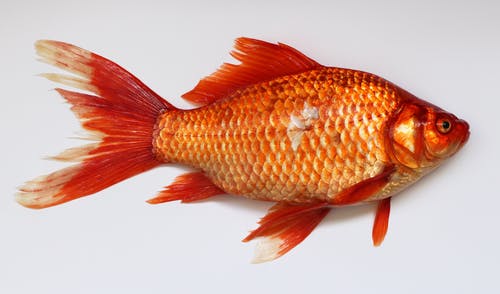
Hearing that your dog needs surgery can be a very frightening piece of information to get. It is crucial to understand that this is a piece of advice that vets do not take lightly. Be at ease knowing that if one of your doctors suggests that your pet undergo surgery, the recommendation is being made in your pet’s best interest.
As with a loved member, pet surgery can be stressful. During its lifetime, almost every pet will have some surgical operation performed on it, whether it be a routine procedure or an emergency that could save its life.
Pet Surgeries
Even though it’s something that most people who own pets fear happening, most veterinarians do pet surgery several times per week. These surgeries might be as minor as a spay or neuter or as complex as cancer therapy or removing a foreign object during abdominal surgery. The most common surgical procedures they conduct are described below.
1. Spaying and Neutering
Spaying and neutering make up most of the surgical operations performed by veterinarians. The decision to have this relatively simple treatment performed on their pet is crucial to their pet’s health.
Spaying is a preventative measure against uterine infections and breast cancer in female pets by removing the ovaries and uterus. Neutering, or the surgical removal of a male animal’s testicles, has been shown to enhance behavior, reduce the risk of testicular cancer, and stop unwanted reproduction. A dog or cat checkup is essential before you subject your pet to any procedure.
2. Internal Surgery
It is general knowledge among those who own pets that canines and felines occasionally consume items they should not. When your furry buddy swallows a foreign object, it is occasionally necessary to perform surgery on the animal’s abdomen to remove the object. In addition to treating emergencies, this popular surgical care treatment can also be performed to remove tumors and stones from the bladder.
3. Dental Surgery
When tooth decay or infections arise, animals, like people, may need dental treatment. The condition of a dog or cat’s teeth and gums highly indicates the animal’s overall health. Infected teeth can transport bacteria to other body parts, such as the heart and liver.
The veterinarian may recommend tooth extraction if the damage is extensive enough to threaten the health of the gums and jawbone. To relieve your pet’s dental pain, you can look for a veterinary pharmacy by typing in “veterinary pharmacy near me” in your search bar and checking for the best result in your area.
4. Cataract Surgery
Because cataracts cause the eye’s lens to lose clarity, affected individuals’ eyes appear cloudy and white. Cataracts are a condition that affects many elderly dogs and can be brought on by diabetes, infections, or trauma. During this surgical surgery, the veterinarian will remove this cloudy lens and replace it with an artificial one explicitly designed for this purpose.
5. Hip Dysplasia Surgery
Hip dysplasia is a prevalent form of degenerative joint disease that is frequently observed in canines. This condition, which causes discomfort and stiffness in the back legs and causes animals to limp or hop when they run, typically requires multiple procedures to be treated successfully.

 Understanding the Benefits and Risks of Artificial Insemination in Pets
Understanding the Benefits and Risks of Artificial Insemination in Pets  What Should I Look for in a Trustworthy Veterinarian?
What Should I Look for in a Trustworthy Veterinarian?  What Are the Common Eye Conditions in Pets and How Are They Treated?
What Are the Common Eye Conditions in Pets and How Are They Treated?  A Comprehensive Walkthrough of Common Veterinary Surgeries
A Comprehensive Walkthrough of Common Veterinary Surgeries  Why Regular Vet Visits and Diagnostics Keep Pets Healthy
Why Regular Vet Visits and Diagnostics Keep Pets Healthy  Spotting the Signs: When to Take Your Pet to the Hospital
Spotting the Signs: When to Take Your Pet to the Hospital  How to Choose the Right ENT Specialist for Your Needs
How to Choose the Right ENT Specialist for Your Needs